Wild Horses Belong to the American People
June 3, 2021Wild Horse Groups and Advocate Sue the Department of the Interior to Stop Incentive Program Leading to Slaughter of Wild Horses
July 8, 2021Red Desert Complex Wild Horses and the Range Report
I am delighted to host this post by Angelique Rea, an adventurous spirit who has been following and documenting the wild horses of the Red Desert Complex for the past 10 years. Carol
Mustangs & the Red Desert Range
By Guest Blogger Angelique Rea
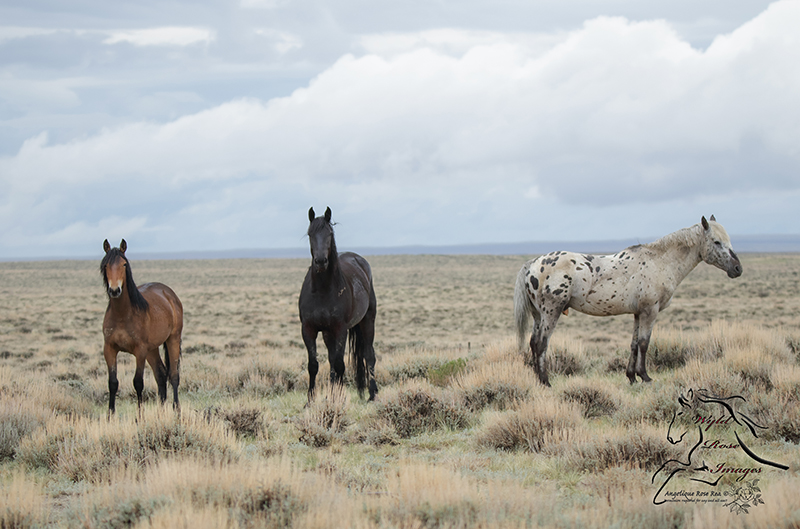
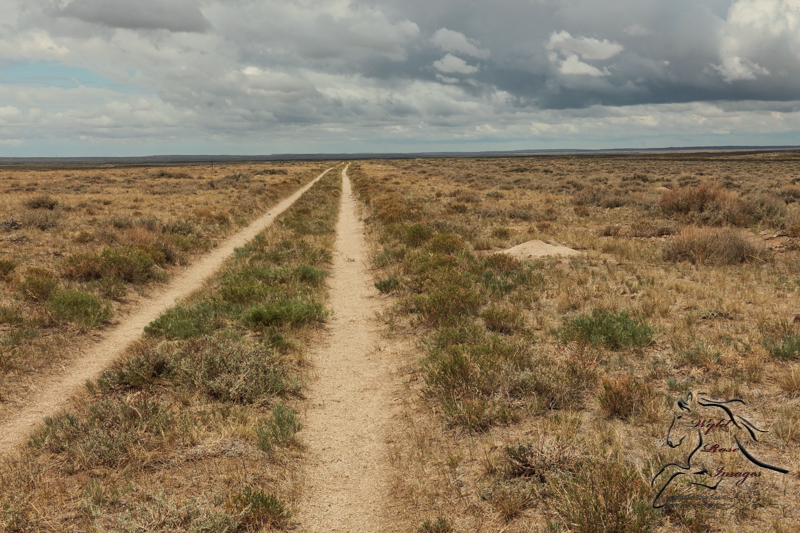
This is going to be a really boring blog… but we want you to be able to defend against those making claims of poor mustang range conditions, so here goes!
I have been observing and photographing wild horses for 10yrs, and started documenting range conditions a few years ago when those advocating the removal of our wild horses claimed horses were degrading the range, that the range was in terrible condition due to drought, or some combination of those two things, and the horses would starve if not removed!
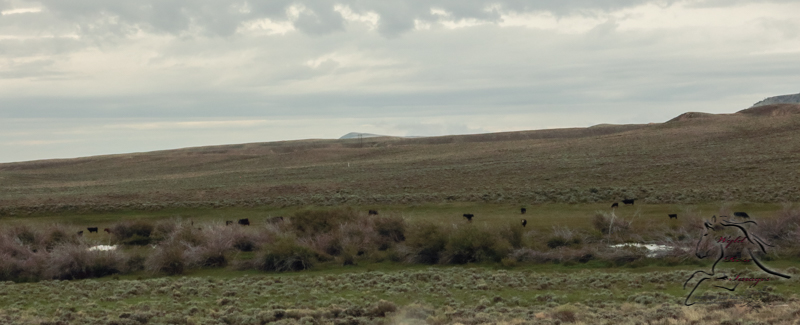
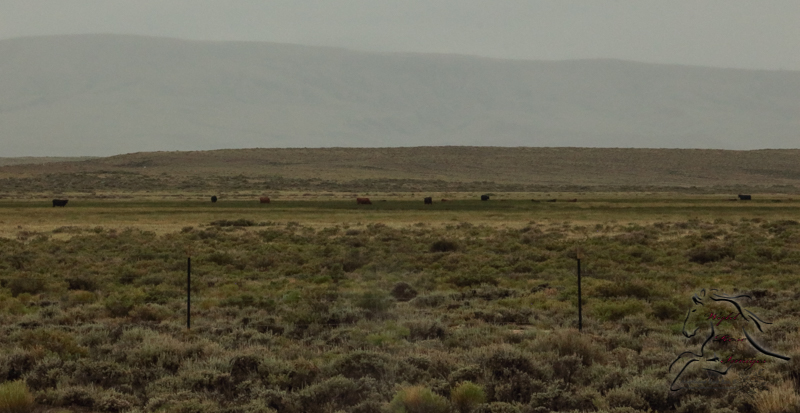
Our focus today is on current conditions in Stewart Creek and Lost Creek HMAs – both of these HMAs were part of the Red Desert Complex roundup last fall, as a result there is a small herd of about 160 horses currently in Stewart Creek HMA, and a depressingly small herd of about 70 mustangs in Lost Creek HMA (assuming addition of new foals to the herds since last year).
Stewart Creek is an interesting and diverse HMA as it is effectively divided by a high ridge called Bull Springs Rim, on the east side under this rim is an area filled with sandy hills and soda ash dirt – dirt that is super ‘fun’ when muddy, but holds water fairly well in small ponds or lakes, these water holes are fed by snow melt, heavy rains, and at least one of these springs is warm water and runs year round, including through winter. This eastern end of the HMA is an area of extremes that is either very rich in water, or very poor, often it is barren and brown, and only the horses know where they are getting their forage and water, but they do! This year is an exceptionally good year, it is wonderfully green, and most of the ponds and small lakes have water…. a small part of this area has beaver ponds (yes – beaver ponds), which help to supply water into the summer and fall months, below those ponds are man-made ponds, all are used by cattle, wildlife, and mustangs. As we cross to the western side of Bull Springs Rim the terrain changes, high along the ridge it is pretty dang rocky, the grass tends to be short and sparse, with little or no sagebrush. As you travel down from the top and into better soil the grasses grow thicker and somewhat taller, not lush, but it is the desert after all, not an irrigated pasture! The sage is also taller, denser, and offers shelter to other species such as sage grouse. Along the western side of the rim there are varying types of water sources… some man-made ponds that typically are good in early spring, and a few water tanks typically turned on only when cattle are turned out on the range, there are a few natural springs around for the horse and wildlife when cows are not on the range.
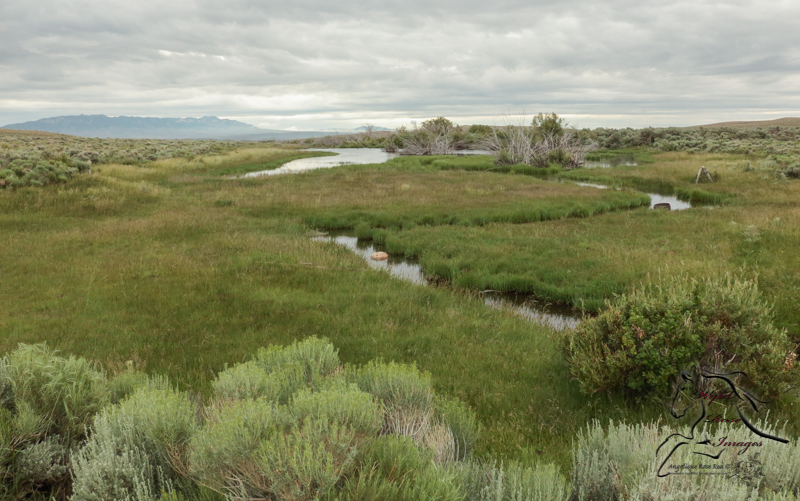
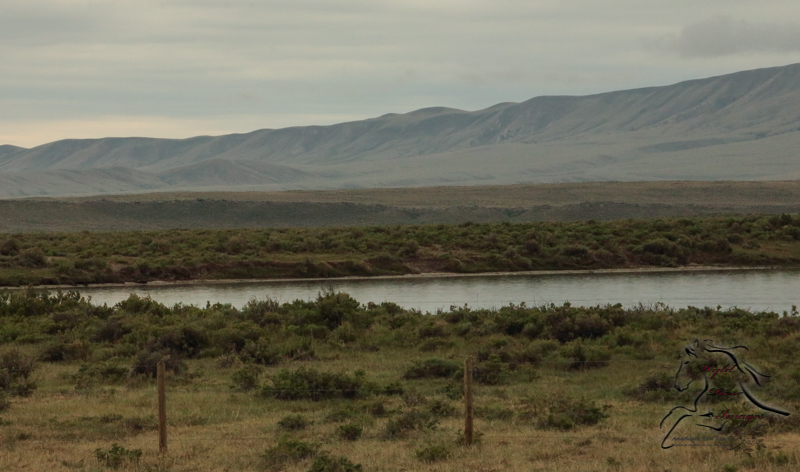
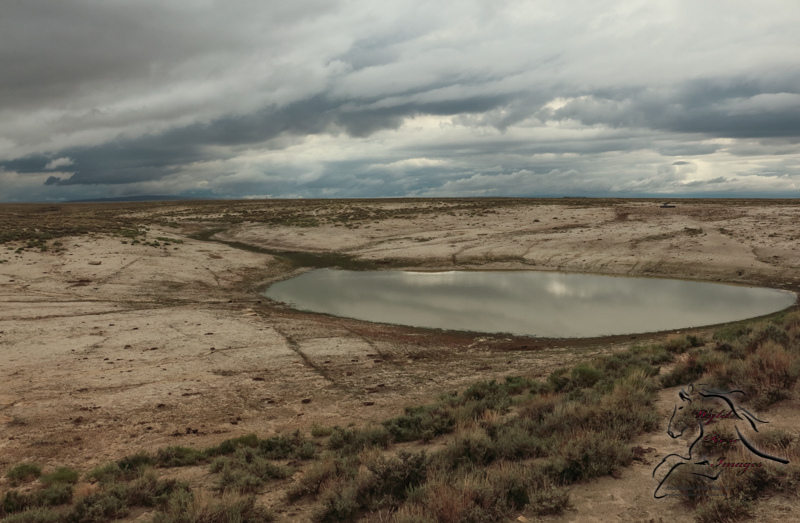
Lost Creek does not have as big a variation in terrain as its sister HMA, it is primarily open and rolling hills, and tends to be drier year around, getting less snow than most other HMAs in the Red Desert Complex – this means the vegetation is rarely lush and green more than a month or two out of the year…. except for around the Lost Creek drainage. The grasses are generally shorter or stubbier with only a few areas growing taller than a few inches – sage and rabbit brush grow normally throughout the HMA. Water in this HMA is found most easily along Lost Creek drainage, which flows surprisingly strong through summer and fall, there are a few small ponds that can be used, normally in spring… and of course there are water tanks dispersed every few miles that run almost exclusively when cattle are turned out on the range.
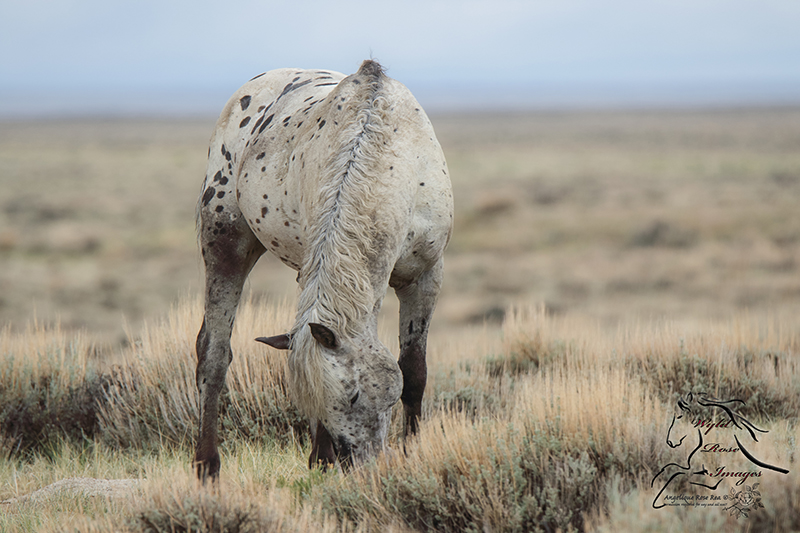
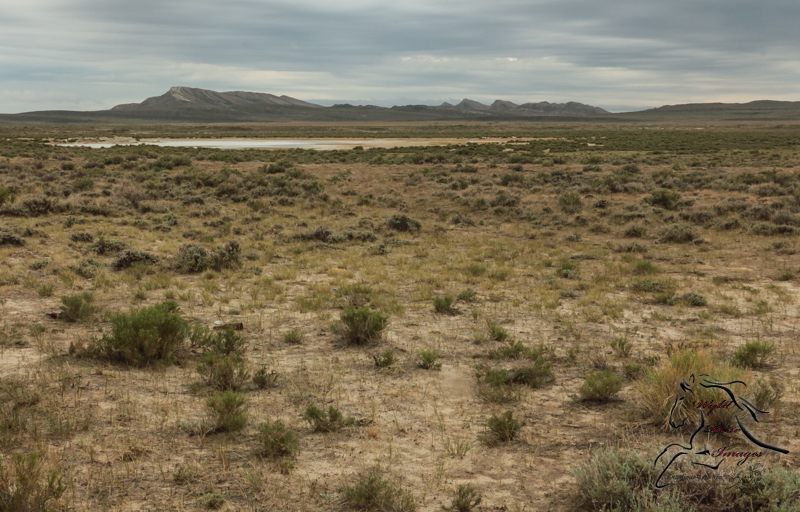
And now I am going to get really boring…. really – it can get more boring!?!
Grass and forage – why does it look so brown and desolate already?? Because – because last year’s grass is still standing tall, and in some places a bit taller than this year’s new growth, it was not grazed down last year, or flattened by a heavy snow, so it is still a part of today’s landscape images! Also creating the image of brown and dead is last year’s sage bloom stalks above the new sage leaves, not dead because of drought, simply not gone from last year!
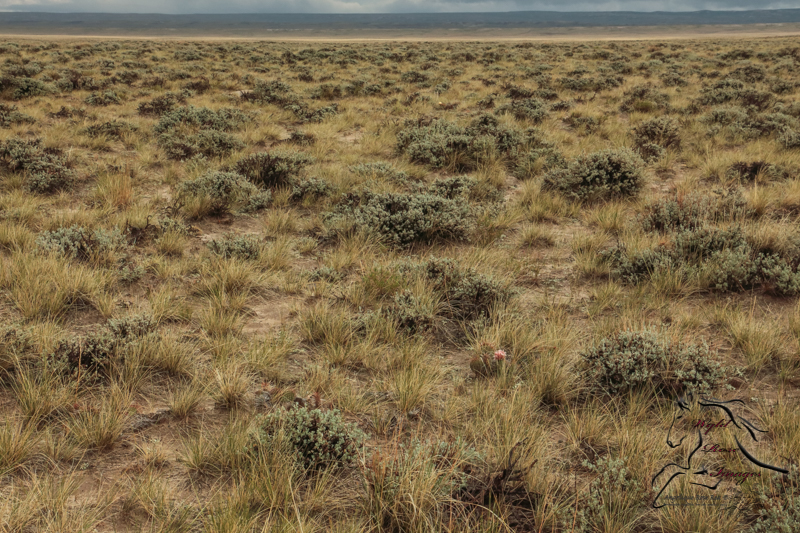
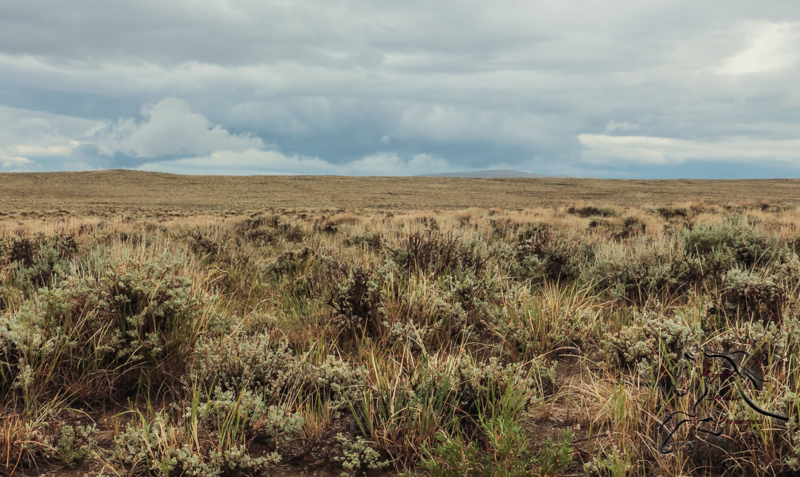
Some questions you may have, and we definitely have, why can’t the water tanks be turned on if there is a shortage of water on the range? As we have noted, when cows are out they turn them on… we know that when they pull the cows it is a time of year the tanks have to be turned off to avoid freezing and breaking of equipment – as to why we cannot turn them on in summer regardless of presence of cows – good question!! We are on a mission to find that out….
Thank you for sticking with us through this report and remember, the desert is exactly that…. a desert! By nature it is a dry and arid land, it normally dries out early, only exceptionally heavy winters or wet springs will keep it very green after June… the storms over the last few days occur with more frequency than most people realize, runoff helps to refill water holes, and the moisture will refresh forage. Our wild mustangs are healthy and happy, they are muddy from rolling in the water holes, and they remind us constantly of what real freedom is – untouched and uncontrolled by the touch of a man.
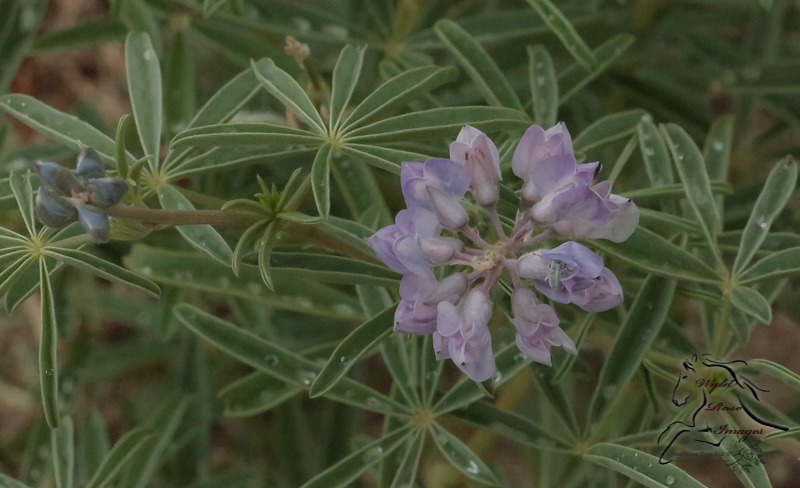
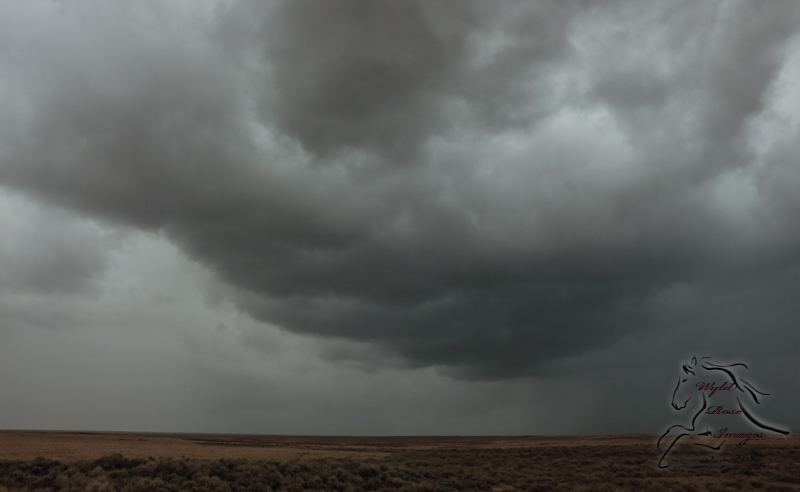

13 Comments
Our family has lived in the Red Desert, year-round (not seasonal or tourists) for over 40 years. Pay attention to what this author is saying, because this is the truth. There is more to the story than just what the eye sees, and what works back East or on the Coasts, does not apply here.
This area is not ideal range for livestock. The reason it works well for wildlife (which the wild horses are classified equally) is because–well, they’re wild. They move to where the forage is, they know where the water holes are, and wildlife like the mustangs, antelope, deer and elk think nothing of going 20 miles in a day to eat or drink.
You won’t see domestic cattle move more than a few miles in a day unless they’re pushed. Beef cattle are not bred to be agile or smart; they are bred to be docile and heavy (okay, fat), and therefore they don’t like to move.
With this in mind, and what the author has written, you have to ask yourself, who is benefitting from the current policies, and why?
Follow the money.
Thank you for your input and factual knowledge.
Angelique has done her homework and quite thoroughly!
I just spent two days out there in Stewart Creek territory. In all honesty it looks fantastic with beautiful new growth grasses, plenty of natural running water sources, the land was green. The 100 horses and their pronghorn friends we were privileged to spend time with are healthy, happy and in excellent shape.
The only negative thing we saw was the remains of cow-burnt areas that look terrible and nothing will ever grow back from that.
There is NO reason for BLM to haul water to the Red Desert Complex area. There is no emergency!
I say to those who are trying to paint a devastating picture of this wild horse range… NICE TRY!
Wildlife is thriving without BLM / agribusiness interference.
I am so glad to hear this! I have known theses facts Since the late part of the 1990s when I started adopting and training my wild horses!! I’m so glad to see someone else saying and stating the truth!! I live in Silver Springs now on the Virginia range and love to see horses come through my neighborhood. I actually adopted in a Virginia range in the 2000 s Had seven total Horses Wyoming California and Nevada horses
Thank you so very much for have Angelique on your blog Carol. I have learned so much from her about these majestic mustangs of my home Wyoming in the Red Desert. By her documentation and videos and sharing their stories. We have to protect these mustangs not only on the Red Desert but all over the HMA’s in our country. I have friends who have property in the Red Desert and they don’t have it fenced, 270 acres and they said the cattle have destroyed it, not the mustangs. I have shared with my family and friends and so many aren’t aware of what is happening, and one is a rancher and pretty much disowns me now. He wants to deny the truth and tries to sway my family but some are seeing the truth. I have done everything I can to get them to write to their representatives and the Secretary Deb Haaland. I will not stop, but I always share with love. Again thank you so much Angelique Rea for everything you have taught me and to you both Carol for your love and compassion for these beautiful creatures of the Lord.
God bless you Pamela what a sweetheart you are !!!
this is good information and i trust the source as it is not gov. connected. some of this i already knew but much of it can only come from close observation. i am so in love with all wild things and so appreciative of all who contribute to their welfare.
I am the director and co-founder of the Wyoming Wild Horse Improvement Partnership. I can answer the question posed in this blog about the Wells.
The water wells are drilled and owned by the ranchers who lease in this area. They are responsible for doing this as a condition of their lease, at their own expense. I am often challenged as a defender of ranchers, and yes, my family ranched in this area from the 50s into the 70s, so I have a pretty deep understanding of how things work. That is simply a fact, and has nothing to do with my allegiance to a specific “side”. I am, and always will be for the horses, and the truth of the situation. Leases may seem “cheap”, but the expenses that go along with them benefit all animals out there. The wells are very expensive. Each one represents a minimum initial investment of between $30,000 and up to about $70,000. Add in yearly maintenance fees, and repairs that are often well into the thousands each year. And horses and elk, which are also abundant in Stewart/Lost Creek HMAs, are often responsible for the damages to the wells. But cattle can and do contribute so it’s a matter of the “cost of doing business”.
Stewart Creek HMA is dotted with a multitude of these wells, scattered all across the HMA, especially on the western side. The reason for so many wells?
1. To encourage the cattle to move. Cattle will stay closer to a water source in warm weather. More Wells will encourage them to graze towards the other water sources and reduce the impact to one area.
2. To reduce the impact to the natural water sources.
3. To reduce the impact on a fragile water table below the surface.
Water in a the desert is precious. The water Angelique refers to on the eastern side is actually not great water. There is a high quantity of salt and minerals in that water. Many of those ponds are alkali, and although water is water it can have different impacts to what drinks it. There is no doubt, the horses on that side of the rim are very hardy. But this is the reason for a predominance of horses on the western side. The resources are much better, and more plentiful.
So why can’t they turn on some of those wells? It may be a matter of the amount of water in the well is too low. The water table has dropped. Drought is rarely associated simply with snow and rain. It is also about the reserves u deer the surface.
In our partnership with the major stakeholders in that area, we accompanied the BLM out to these HMAs recently to identify areas for hauling water to this year. This effort is to ensure the strain on the landscape does not create a situation that would jeopardize the future of these herds. I’m very grateful the Wyoming BLM takes a proactive stance. Situations (dire ones!) in other states are the result of either poor management that is reactive rather than proactive, or pressure from advocacy groups that do not understand the complexities of resource management as a whole in desert landscapes, or a combination of those.
It’s important in the advocacy of these magnificent animals to understand the whole, the minutiae, and the fact that while the horses have the right to be there, and it is their home, the land was set aside for multiple use by our government. So it must be managed for all other species who call it home. I’m not talking about the livestock! Although, if they were not there, the Wells wouldn’t be either.
Can you tell me where these horses are located? In what state?
They are in Wyoming, the closest towns are Rawlins and Lander.
Thank you for the education…well done with no emotion, just plain facts.
Very good & very informative! Frankly, I feel the desert areas really arent meant for livestock. I know where cattle “hang” and of course out here (NYS) the pastures are completely different – but looking at where the cattle hang out – shows the damage to any riparian area here just as it does there. The Arid desert is home to wildlife – which includes the horses. Christi’s comment certainly was very informative. And she views this situation from both sides – which not many do.
Thanks, Angelique – this is far from boring! Love the pictures of Looking Glass & his family. (have soft place for Apps)
All wells on BLM-administrated public lands are all BLM-owned wells, and were drilled using taxpayer dollars. Other wells in the area were drilled by uranium and oil and gas interests, and were drilled by those companies on land owned by those companies or on leased properties, and were paid for by industry.
I question why there is a need for the BLM to haul water this year. Many of the natural water sources that were already dry in June or July in past years still have water this year. And if the water is so dangerously low, why don’t I see water trucks hauling water for cattle? I don’t. Why aren’t the cattle being pulled off the range? I don’t see that either. The forage and water can’t be that poor to call for such extreme emergency measures if the cattle are still stocked. Everyone I’ve talked to says the cattle trucks were out like clockwork, and stocking seems to be at the usual levels and possibly heavier than past years to the west.
2 fillies from the lost creek herd will be adopted soon by my husband and I and brought to our home in NC. While I can not give them the same freedom they had taken at 6 months old. They will be loved and cared for and no longer in a lot where they have been since the round up. Adopting them and looking for their herd is what led me to your site.